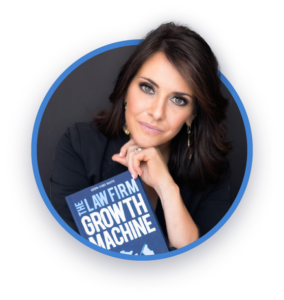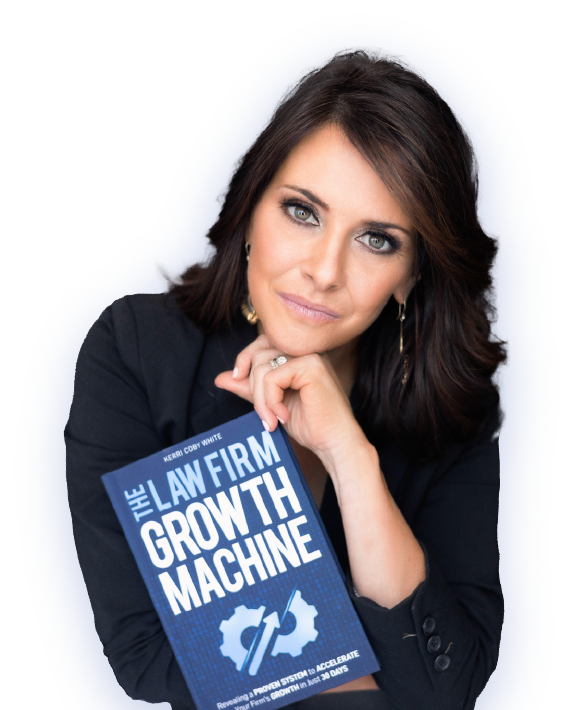How Intake Services and Efficiency Training Can Transform Your Law Firm’s Success
The first impression your law firm makes often happens during the intake process. Whether it’s a phone call, an online form, or a live chat, how your team responds sets the tone for the entire client relationship. That’s why intake training for law firms is no longer optional; it’s a strategic investment in your firm’s long-term success.
Effective legal intake training focuses on optimizing every interaction with prospective clients, ensuring your staff can manage leads efficiently, gather the right information, and convert inquiries into paying clients. When paired with overall law firm efficiency training, your practice benefits from faster response times, improved accuracy, better communication, and increased client satisfaction.
The Importance of Legal Intake in Client Conversion
Every law firm markets its services to generate leads, but turning those leads into clients depends on what happens during the intake process. Even the most well-targeted advertising won’t matter if potential clients are met with delays, untrained staff, or incomplete responses.
Why Intake Matters:
- It determines how leads perceive your firm
- It directly influences conversion rates
- It sets the foundation for future communications
- It allows you to qualify leads quickly and accurately
- It reduces the risk of missed opportunities
Without proper training, even experienced staff can make critical mistakes, such as forgetting to collect key data, failing to follow up, or miscommunicating firm policies. Intake training helps prevent these issues from impacting your business.
What Is Intake Training for Law Firms?
Intake training for law firms is a structured approach to teaching intake staff, receptionists, paralegals, or intake specialists how to manage and convert incoming leads. It involves everything from scripting and communication coaching to workflow management and legal CRM tools.
Key Components of Intake Training:
Call Scripting and Objection Handling
Training your team on how to handle a wide range of potential client questions builds confidence and consistency. Scripts should be professional yet adaptable, guiding conversations effectively and efficiently.
Data Collection Protocols
Accurate and complete data capture is essential. Intake training teaches staff which questions to ask, how to document responses accurately, and how to log everything in the system correctly.
Lead Qualification
Your team should know how to assess whether a lead matches your firm’s case criteria, ensuring no time is wasted on unqualified inquiries.
Follow-Up Systems
Proper intake includes timely follow-ups. Training ensures your team understands how often to follow up, through which channels, and what messaging to use.
Technology and CRM Usage
Understanding how to utilize intake tools, CRM platforms, and case management systems is crucial for streamlining operations and ensuring consistency throughout the client experience.
Law Firm Efficiency Training: Beyond Intake
While intake is a vital part of client onboarding, law firm efficiency training broadens the focus to improve operational performance across departments. It ensures that after intake, the rest of your processes, from document management to task delegation, are also optimized.
Areas Covered in Efficiency Training:
- Workflow design and automation
- Time management and task prioritization
- Communication protocols across teams
- Process mapping and documentation
- Technology integration and usage
- Delegation and accountability practices
When both intake and broader firm workflows are addressed, your team becomes more proactive, focused, and productive.
Benefits of Legal Intake and Efficiency Training
Investing in training creates long-term returns. Firms that standardize intake and operational processes are better equipped to grow, serve clients, and compete.
Key Benefits:
- Higher Conversion Rates: Professionally trained staff convert more leads into clients
- Better Client Experience: Consistent, empathetic communication increases trust
- Fewer Missed Opportunities: Leads are qualified and followed up systematically
- Improved Staff Confidence: Training gives your team the tools and language they need to succeed
- Increased Productivity: Efficiency training reduces unnecessary steps and duplicate work
- Scalable Operations: Standard processes allow for easier onboarding of new hires and expansion
In-House vs. Outsourced Intake Training
Firms can choose to develop in-house training programs or work with external consultants who specialize in legal intake systems and efficiency strategy.
In-House Training Pros:
- Custom fit for your specific processes
- Delivered by people familiar with your firm’s culture
- Can be done on your schedule
Outsourced Training Pros:
- Brings expert insights from outside the firm
- Often includes frameworks and resources ready for immediate use
- Objective assessment of your current intake process
- Provides access to specialists in both intake and law firm operations
Many firms benefit from a hybrid approach, initial consultation and program design by external experts, followed by internal delivery and continuous review.
Tools to Support Intake and Efficiency Training
Training is most effective when paired with the right tools. Here are some platforms that help support intake and operational workflows:
- Legal CRMs: Track leads, client data, and communications
- Call Tracking Software: Evaluate call quality and response times
- Task Management Tools: Assign, schedule, and monitor team responsibilities
- Client Portals: Enable self-service for document submission or case updates
- Knowledge Bases: Centralize your intake protocols and internal documentation
- Automation Platforms: Reduce repetitive manual work
Your training program should include not only how to use these tools technically, but also how to use them strategically.
Measuring the Success of Your Training Program
It’s essential to track the effectiveness of both intake and efficiency training. Without data, you can’t know what’s working or what’s not.
Metrics to Monitor:
- Lead-to-client conversion rate
- Average response time for new inquiries
- Intake form completion rate
- Staff compliance with intake protocols
- Task completion and delegation accuracy
- Client satisfaction scores
- Reduction in administrative bottlenecks
These insights help refine your training and enable leadership to make informed decisions.
Conclusion
A law firm’s success begins long before a case is filed. It starts with how you handle prospective clients from the very first interaction. Through intake training for law firms, you ensure that your team represents your firm with professionalism, clarity, and efficiency. When combined with law firm efficiency training, your practice becomes more agile, productive, and prepared for sustainable growth.
Whether you’re a solo practitioner or a multi-location firm, investing in legal intake training is one of the most impactful steps you can take to improve performance, streamline operations, and offer an exceptional client experience from day one.
Frequently Asked Questions (FAQ)
1. What is legal intake training?
Legal intake training teaches law firm staff how to handle incoming client inquiries professionally and efficiently. It includes scripting, lead qualification, data collection, and communication coaching to improve client conversions and professionalism.
2. Who should receive intake training in a law firm?
Receptionists, intake specialists, administrative staff, and even paralegals or junior attorneys who interact with prospective clients should receive intake training to ensure a unified and professional approach.
3. What is law firm efficiency training?
Efficiency training focuses on streamlining operations, improving task management, and reducing waste across departments. It ensures smoother workflows, better communication, and improved time management.
4. How often should intake training be provided?
At a minimum, training should be reviewed at least annually. However, with staff turnover, new tools, or process changes, refresher training or ongoing coaching should be delivered more frequently.
5. Can intake training be done remotely?
Yes. Many firms now offer remote intake training via virtual workshops, video modules, and one-on-one coaching sessions. This allows flexibility for remote or hybrid teams.









